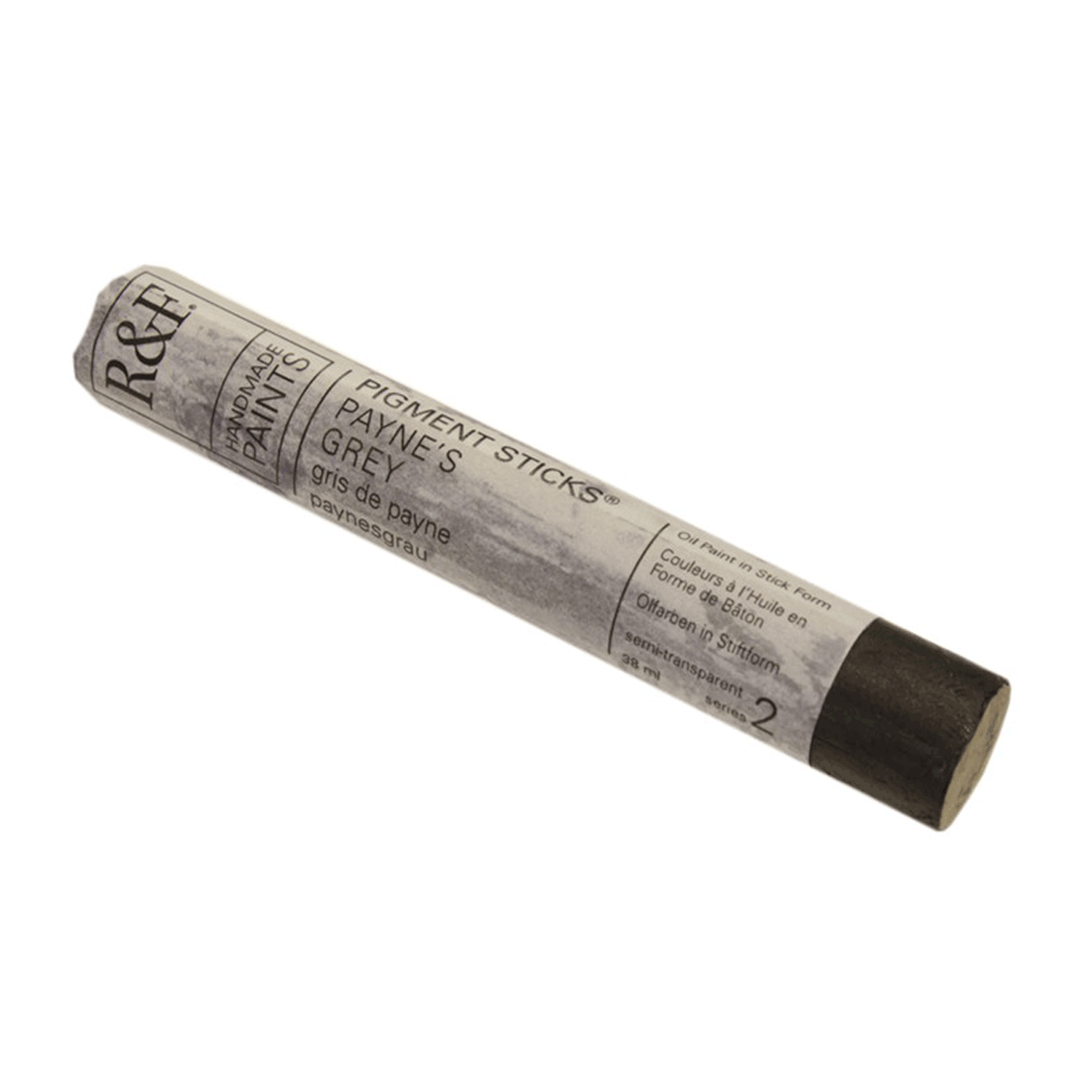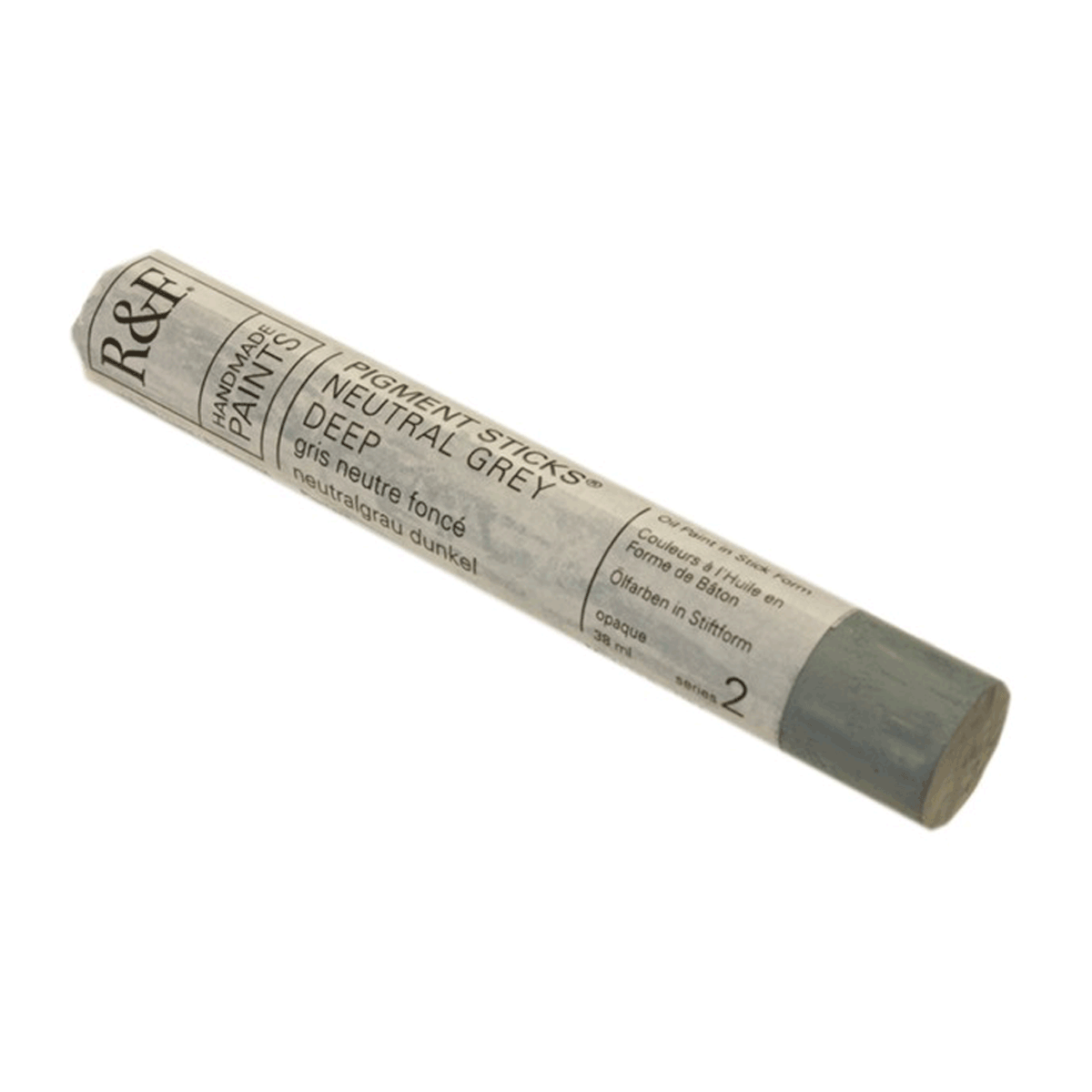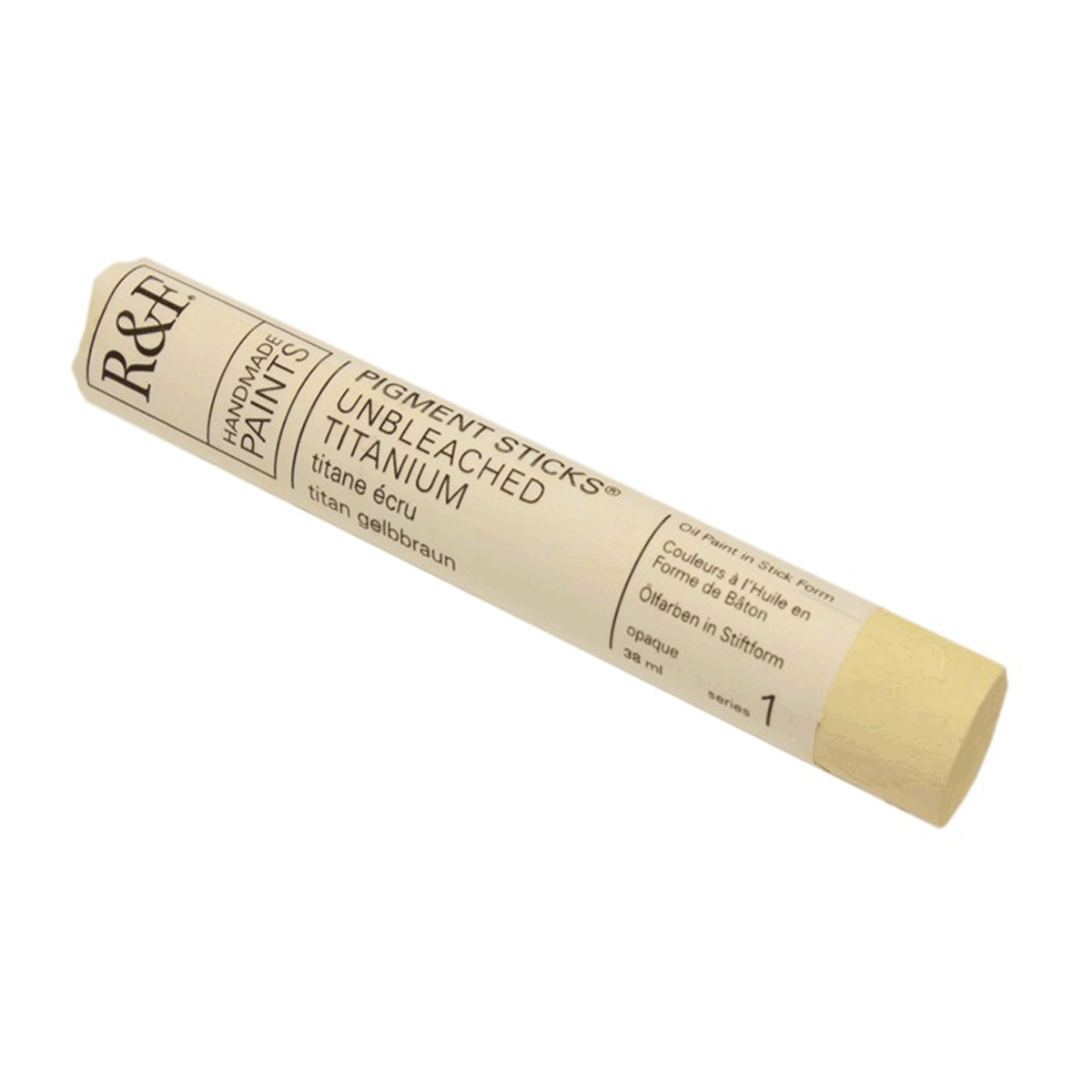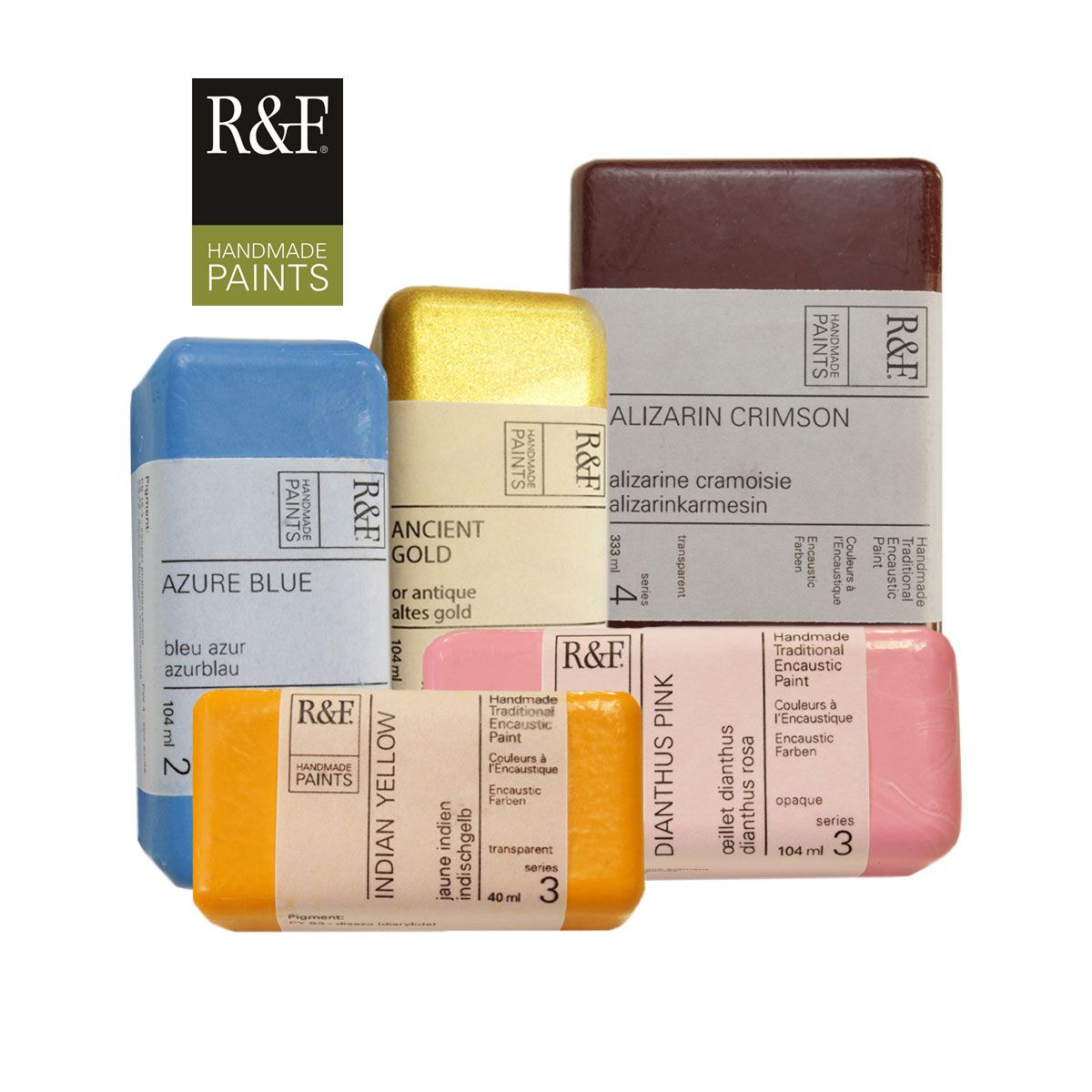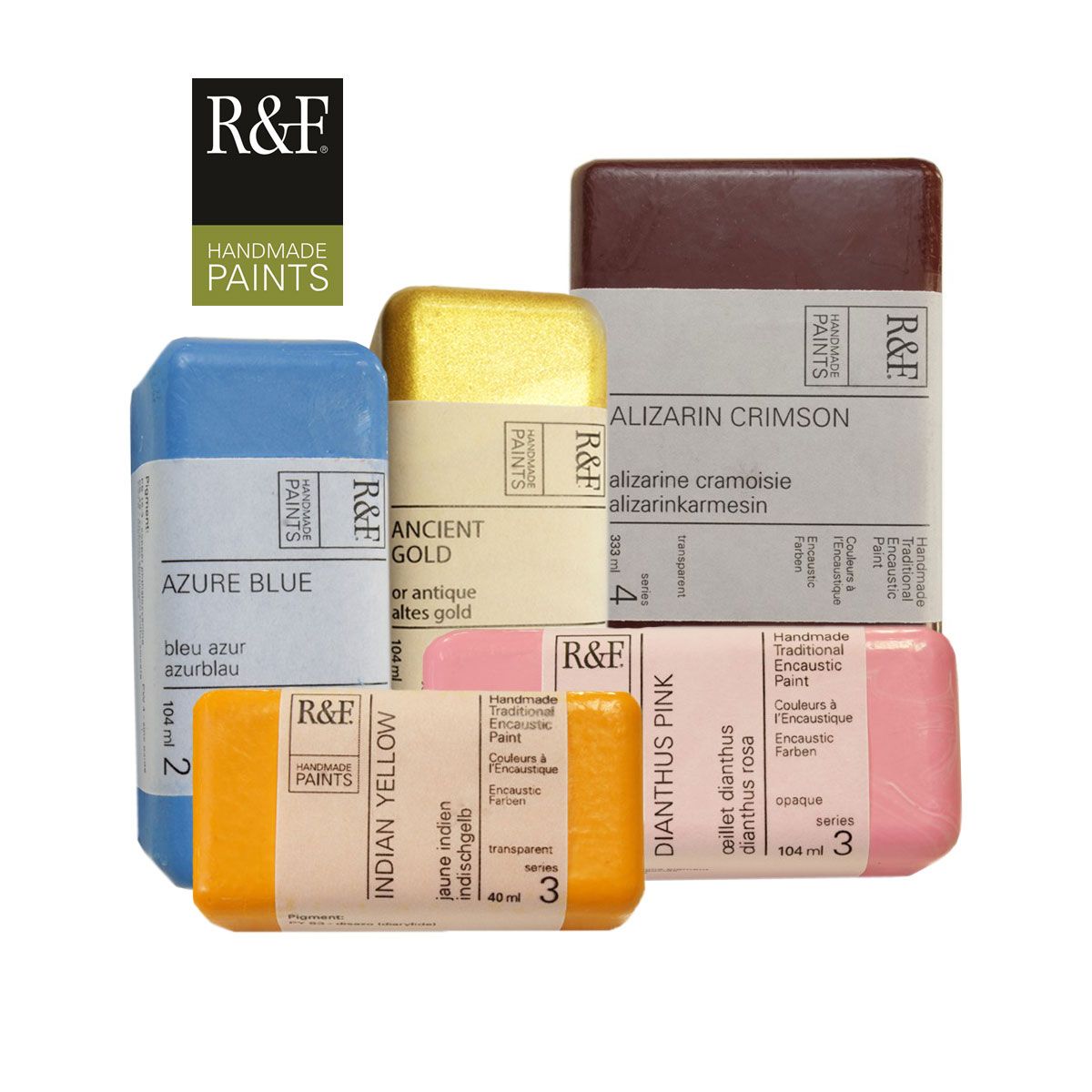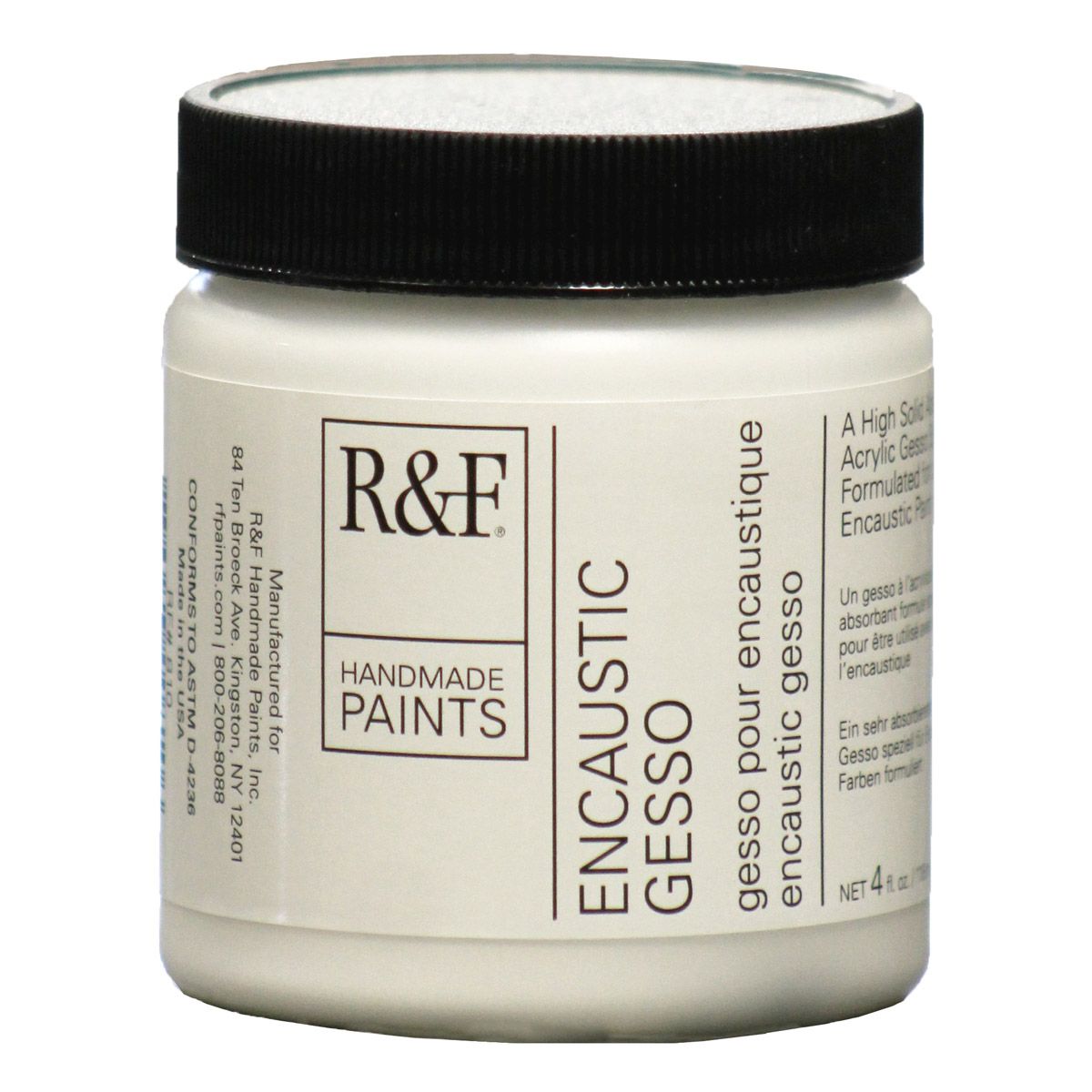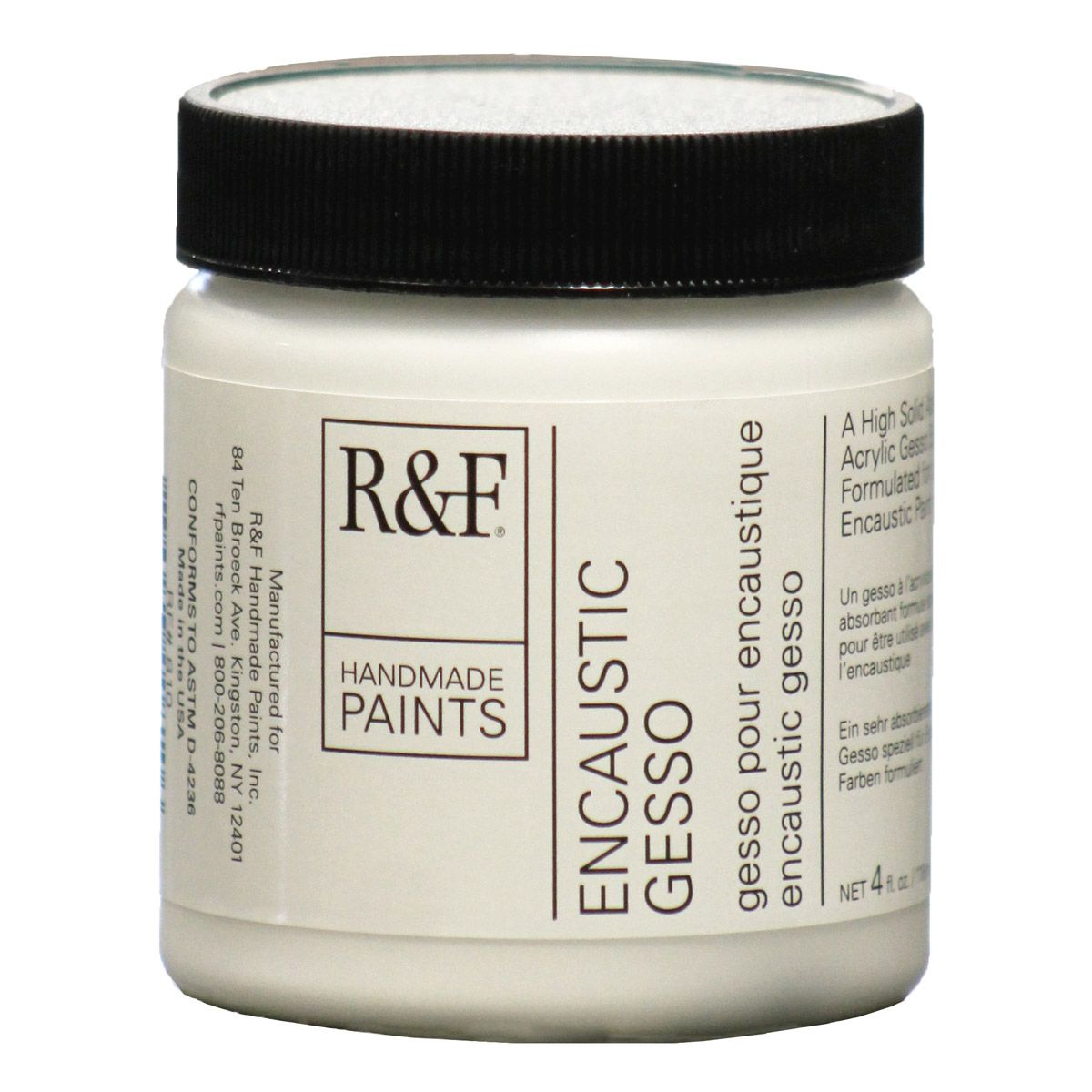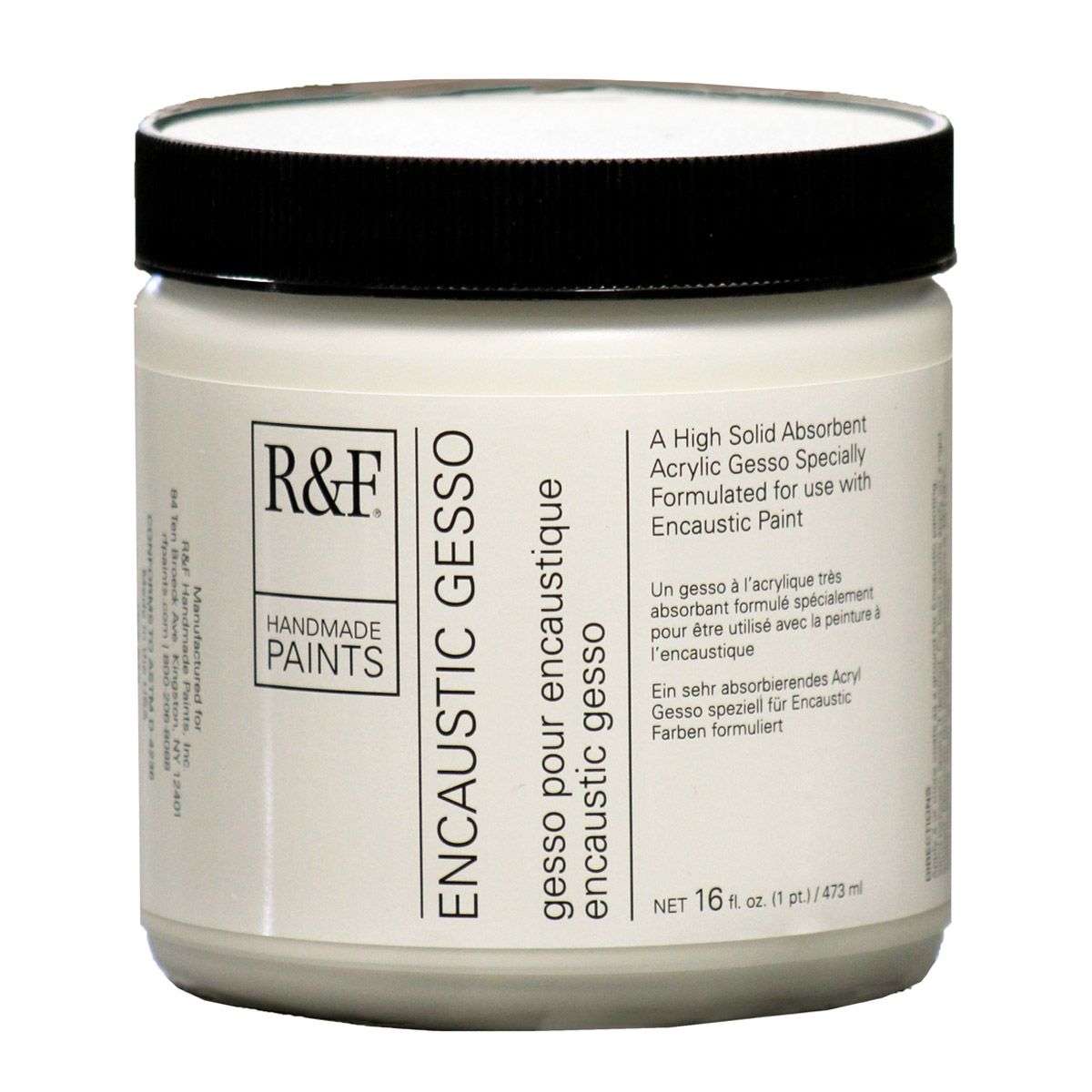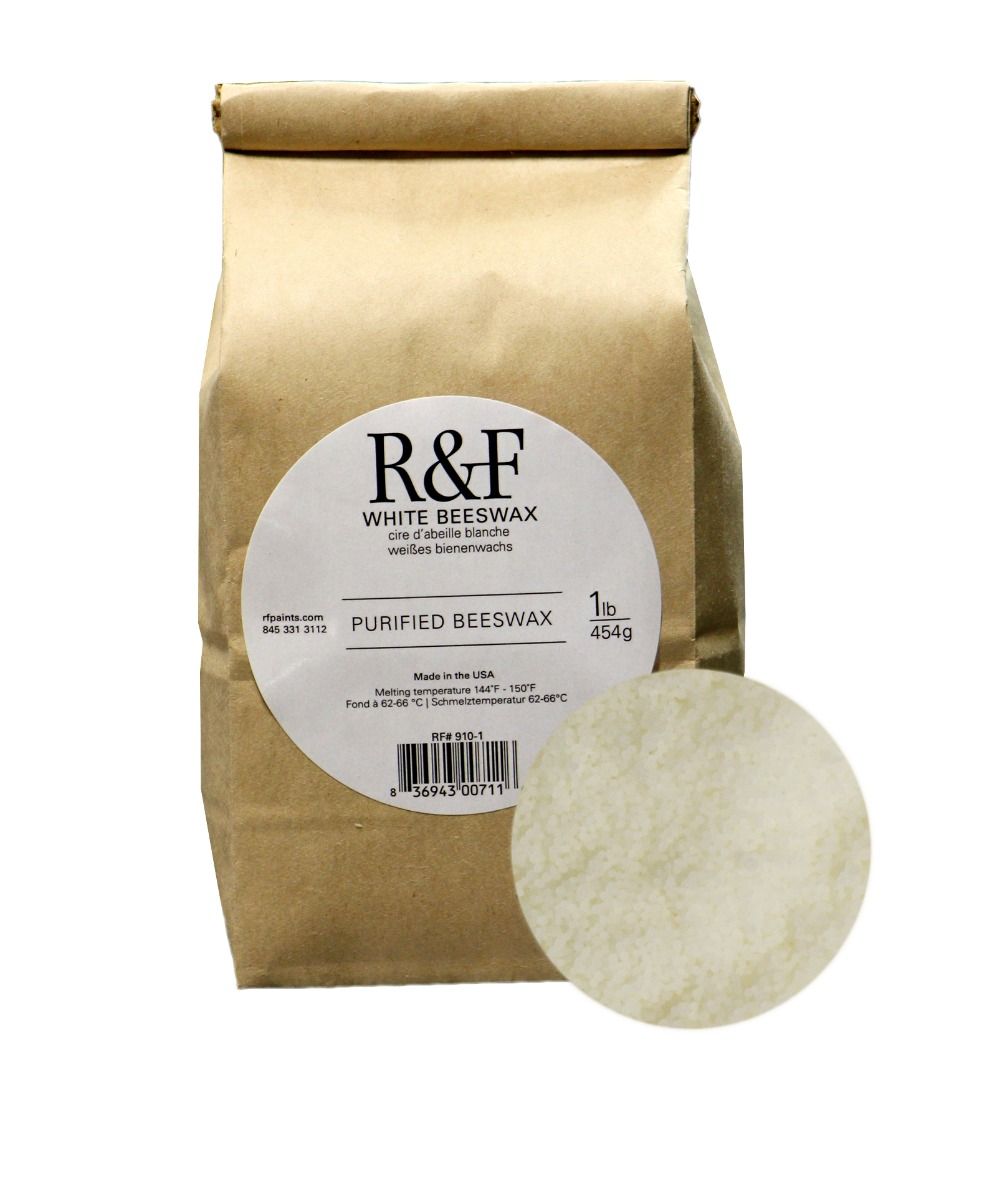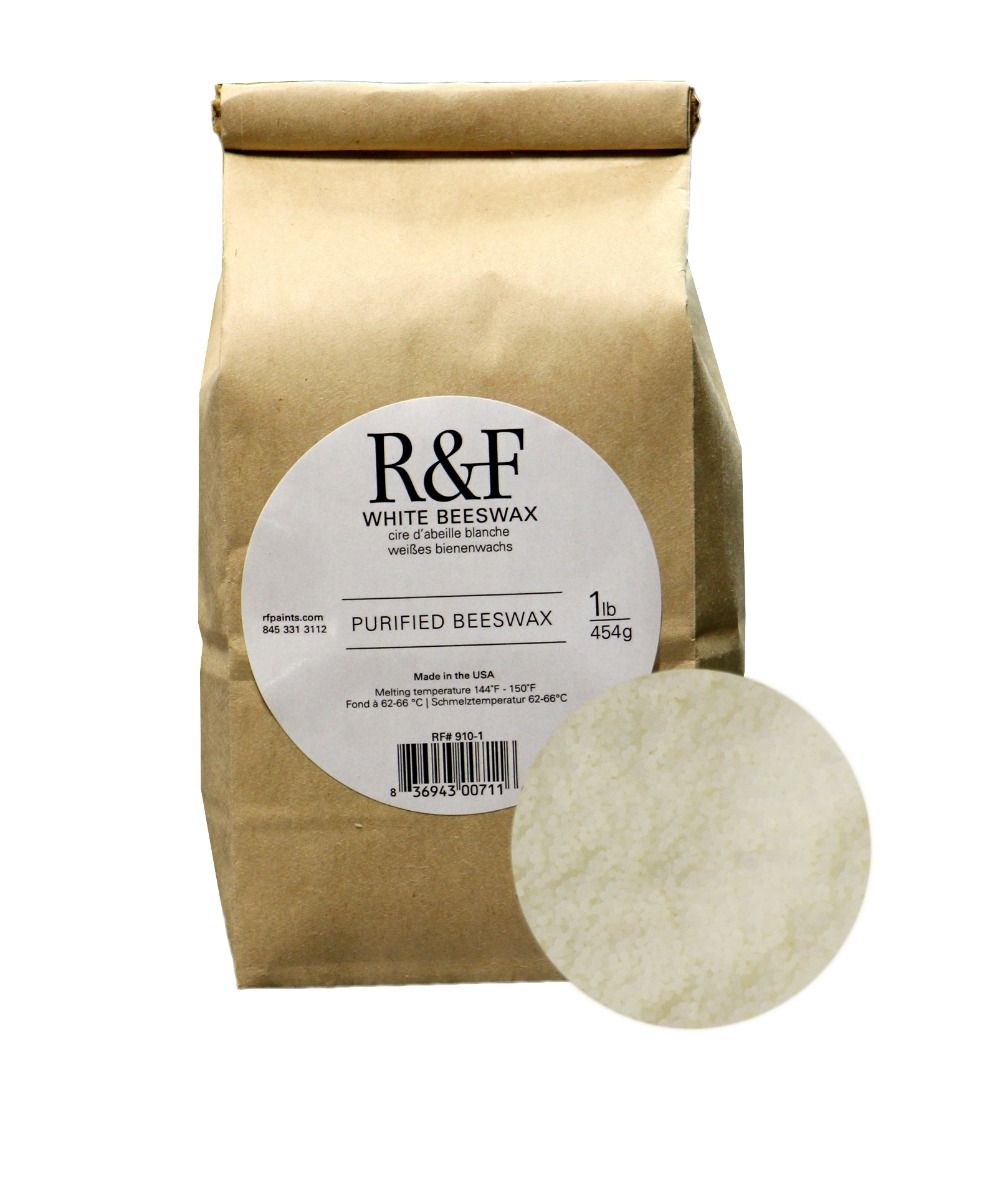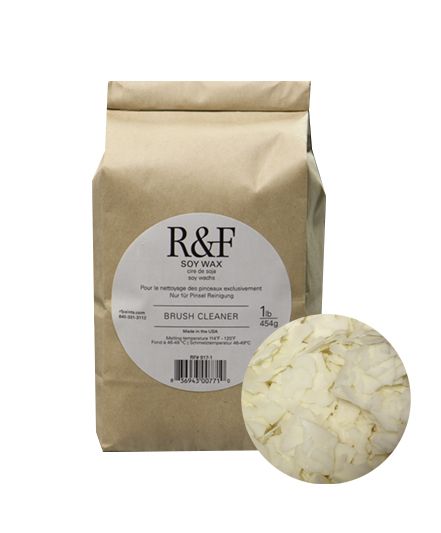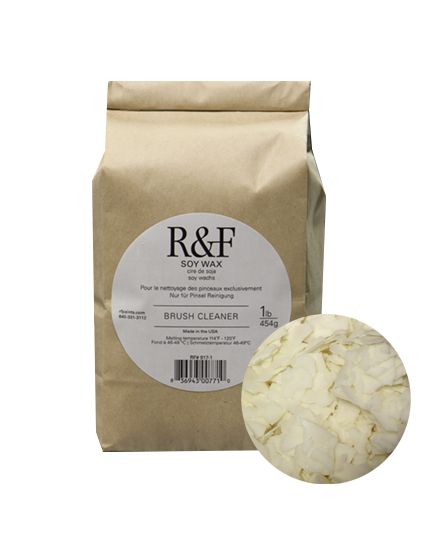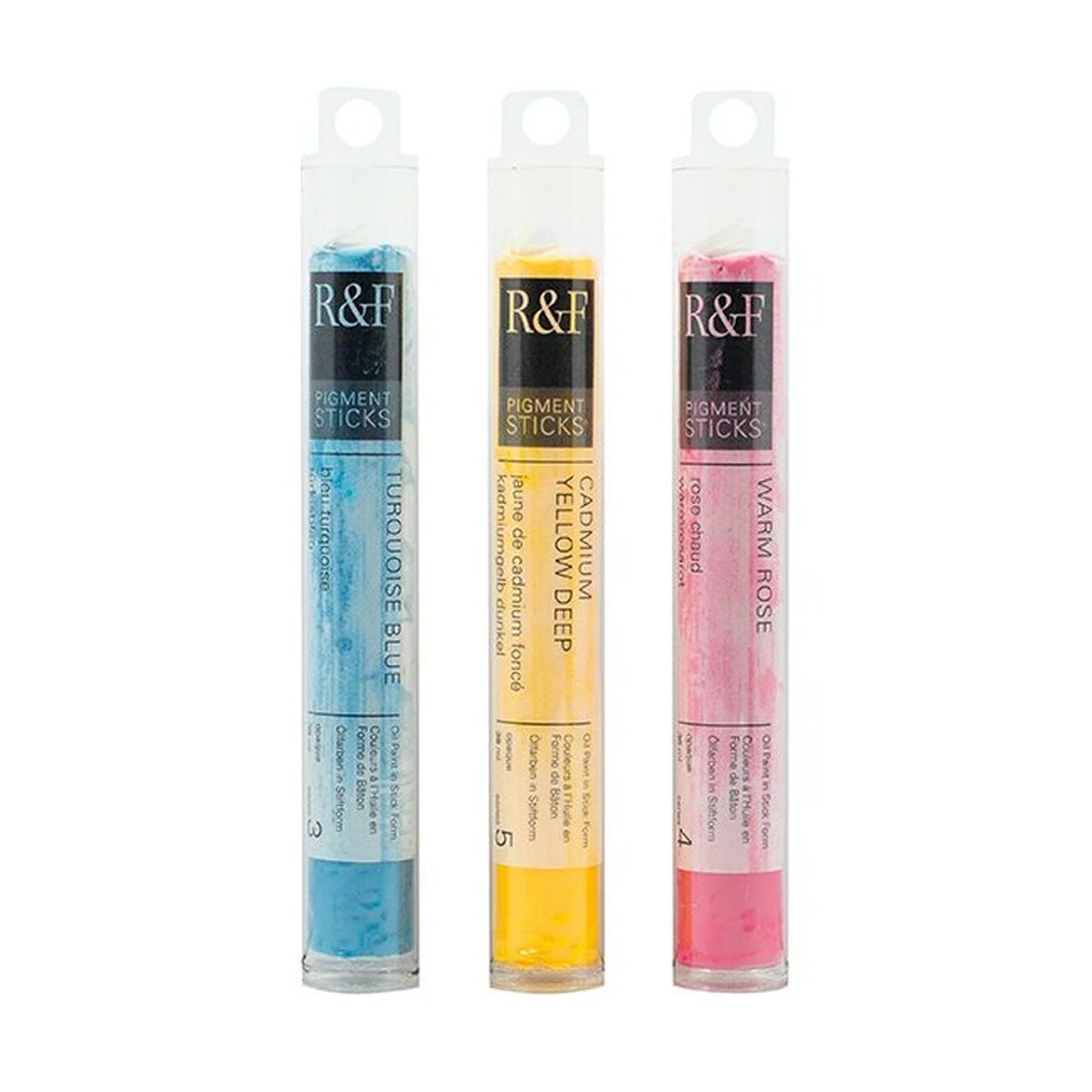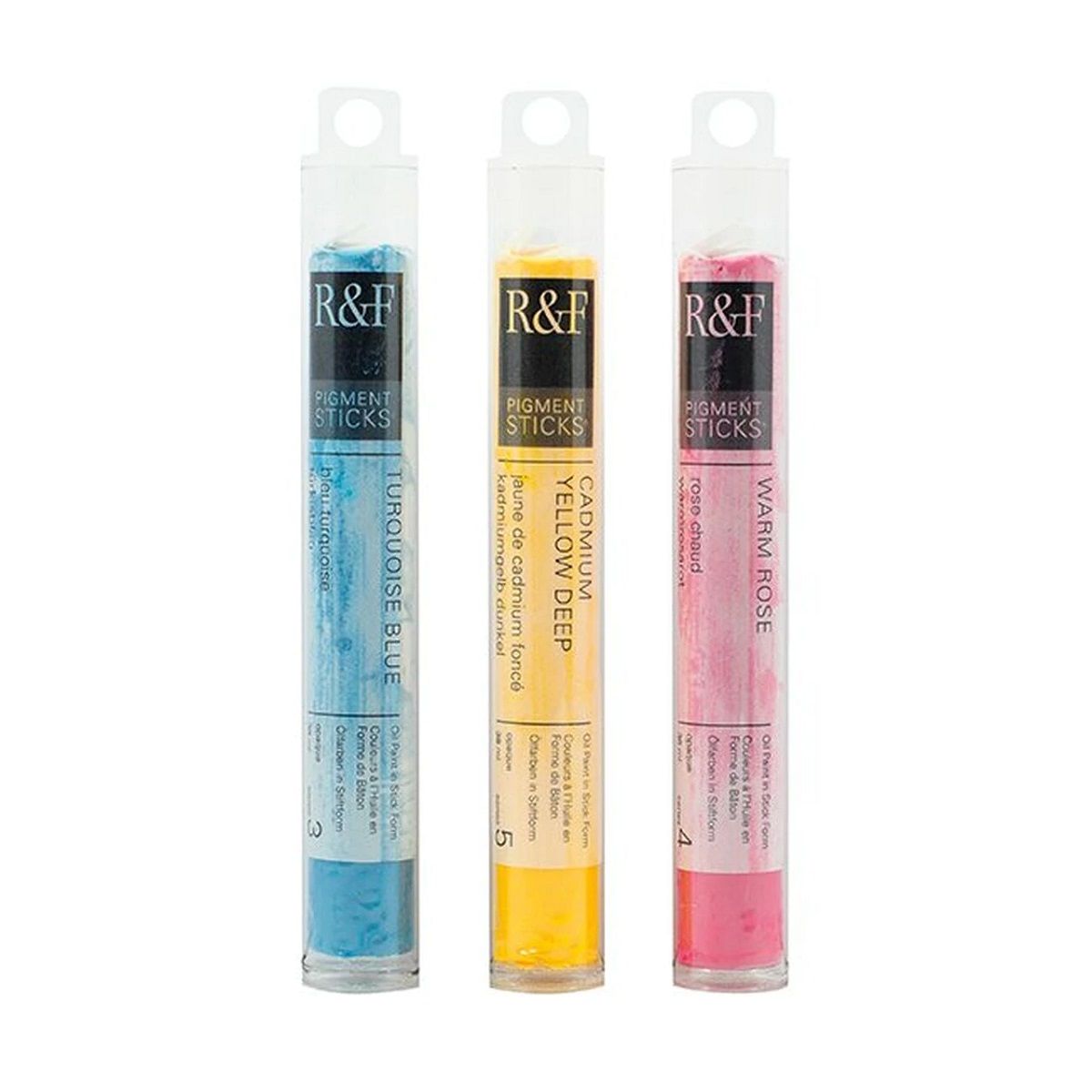R&F Oil Pigment Stick, Payne's Grey 38ml
R&F Pigment Stick - Payne's Grey, 40 ml
Intense eggplant violet. It is a suitable replacement for black since it will not sully other colours, yet it can act as a neutral.
Pigment Composition: PBr7-Burnt Sienna; PB29-Ultramarine [Blue]; PV19-Quinacridone Violet
- Paint Lines: Encaustic Pigment Stick
- Opacity: Semi-Transparent
- Pigment Stick Drying Rate: Fast
- Classification: Mixed
- Chemical Composition: Natural Earth, Ultramarine blue, Quinacridone pigment
- Safety Information: Conforms to ASTM D-4236
R&F Pigment Stick - Payne's Grey, 40 ml
Intense eggplant violet. It is a suitable replacement for black since it will not sully other colours, yet it can act as a neutral.
Pigment Composition: PBr7-Burnt Sienna; PB29-Ultramarine [Blue]; PV19-Quinacridone Violet
- Paint Lines: Encaustic Pigment Stick
- Opacity: Semi-Transparent
- Pigment Stick Drying Rate: Fast
- Classification: Mixed
- Chemical Composition: Natural Earth, Ultramarine blue, Quinacridone pigment
- Safety Information: Conforms to ASTM D-4236
Pigment Name: PBr7-Burnt Sienna
Classification: Natural Earth
Chemical Composition: Iron oxides
Properties
Burnt Sienna is a warm, mid-brown colour formed by burning the yellow-brown limonite clay called Raw Sienna. It ranges from semi-opaque to semi-transparent due to the combination of its opaque, red-brown mass tone and its transparent, orangey undertone. It is an excellent mixing complement for blues and greens and creates salmon or peach-coloured tints when mixed with white. It can help subdue bright colours and does not get chalky in dark mixtures.
Permanence
Burnt Sienna has good permanence and is considered one of the most versatile permanent pigments.
Toxicity
Burnt Sienna has no significant hazards.
History
Burnt Sienna has been used as a pigment since prehistoric times, but its current name came about during the Renaissance. It comes from the city of Siena in Italy and is short for terra di Siena, meaning the earth of Siena. Sienna was famous for mining and producing earth pigments from the Renaissance until World War II. Due to the depletion of clay deposits in Tuscany, Italian siennas now come from other areas, including Sicily and Sardinia.
Pigment Name: PB29-Ultramarine [Blue]
Classification: Synthetic Inorganic
Chemical Composition: Complex silicate of sodium and aluminum with sulphur
Properties
Ultramarine is the standard warm blue, a brilliant blue pigment with the most purple and least green in its undertone. It has moderate to high tinting strength and beautiful transparency. Synthetic Ultramarine is not as vivid a blue as natural Ultramarine. Ultramarine dries slowly in oil and produces clean, though granular, washes in watercolour. French Ultramarine mixes well with Alizarin colours in oil and watercolour form to create a range of purples and violets. It can dull when mixed with white in acrylic form but mixes well with other colours. The shade varies based on the manufacturer. Considered a great colour for glazes, it is not suitable for frescoing.
Permanence
Ultramarine has excellent permanence, although synthetic Ultramarine is not as permanent as natural Ultramarine. It may discolour if exposed to acid because of its sulfuric content.
Toxicity
Ultramarine has no significant hazards.
History
The name for this pigment comes from the Middle Latin ultra, meaning beyond, and mare, meaning sea because it was imported from Asia to Europe by sea. It is a prominent component of lapis lazuli and was used on Asian temples starting in the 6th century. It was one of the most expensive pigments in 16th century Europe, worth twice its weight in gold, and so was used sparingly and when commissions were larger. Ultramarine is currently imitated by a process invented in France in 1826 by Jean Baptiste Guimet, making blue affordable to artists and extending the range of colours on their palettes.
Pigment Name: PV19-Quinacridone Violet
Classification: Synthetic Organic, Quinacridone
Chemical Composition: Quinacridone pigment
Properties
Quinacridone Red is a high-performance, transparent pigment with an average drying time and uneven dispersal. It is another name for Quinacridone Violet (PV19) and Quinacridone Red (PR192). Quinacridone pigments have relatively low tinting strength in general. For this reason, quinacridone colours are often expensive because more pigment is required in the formulation.
Permanence
Quinacridone Violet has excellent lightfastness and is considered the most lightfast organic pigment in this shade range.
Toxicity
Quinacridone Violet has no known acute hazards. Overexposure to quinacridone pigments may cause skin irritation. Quinacridone pigments contain a compound found to be a skin, eye, and respiratory irritant.
History
Although quinacridone compounds became known in the late 19th century, manufacturing methods to make them practical for use as commercial pigments did not begin until the 1950s. Quinacridone pigments were first developed as coatings for the automotive industry but were quickly adopted by artists.
| Size | 38 ml |
|---|---|
| Brand | R&F Encaustic Handmade Paints |
| Country of Manufacture | United States |
| Type of Store Credit value | Select |
| Country of Origin | 836943005969 |










